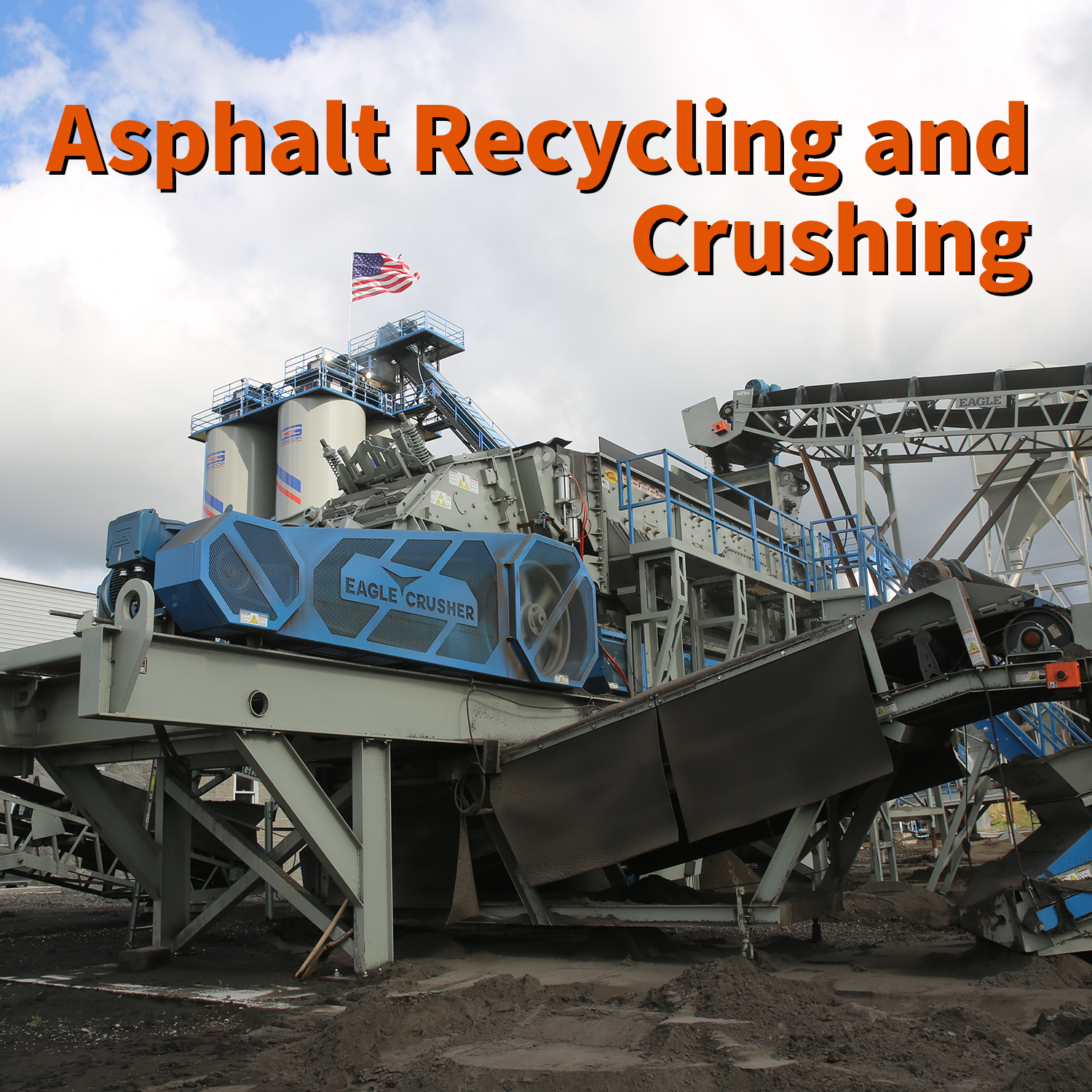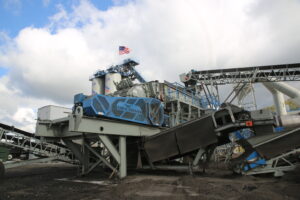The Importance of Asphalt Recycling and Crushing

The Importance of Asphalt Recycling and Crushing
We are all familiar with asphalt, driving on 4 million miles of road in the continuous United States, but did you know about the reclaiming asphalt pavement (RAP) process and how it saves you millions of dollars in taxes while being environmentally friendly? Up to 100 percent of asphalt can be recycled and processed into new batches of asphalt, reclaiming over 80 million tons of asphalt pavement each year. According to an annual survey conducted by the National Asphalt Pavement Association, it also saves taxpayers an estimated $2.5 billion per year and millions of yards of landfill space.

How does asphalt recycling and crushing work?
It starts off by using a milling machine to remove the top layer of the asphalt. That top layer is then shipped to an asphalt recycling plant, such as the MaxRAP. While there, the old asphalt is typically put into a hopper that’s fed into a screen. Any material that is the right size is immediately conveyed to the drum for integration into the asphalt mix. The material that isn’t the right size goes to the impactor to physically separate the asphalt bonds. Once that’s done, the material is sent back to the screen to start the cycle again. When material gets to the drum, it has new liquid asphalt mixed within the recycled asphalt. Since the asphalt can be recycled multiple times, the lifespan of asphalt is extended, causing the cost of new additional products to go down.
Have more questions?
Just like the milling machine, we skimmed the surface of the importance and process of asphalt recycling and crushing. If you have more questions or need more information, our Team Eagle members are ready to assist you.


